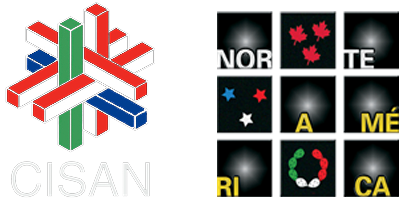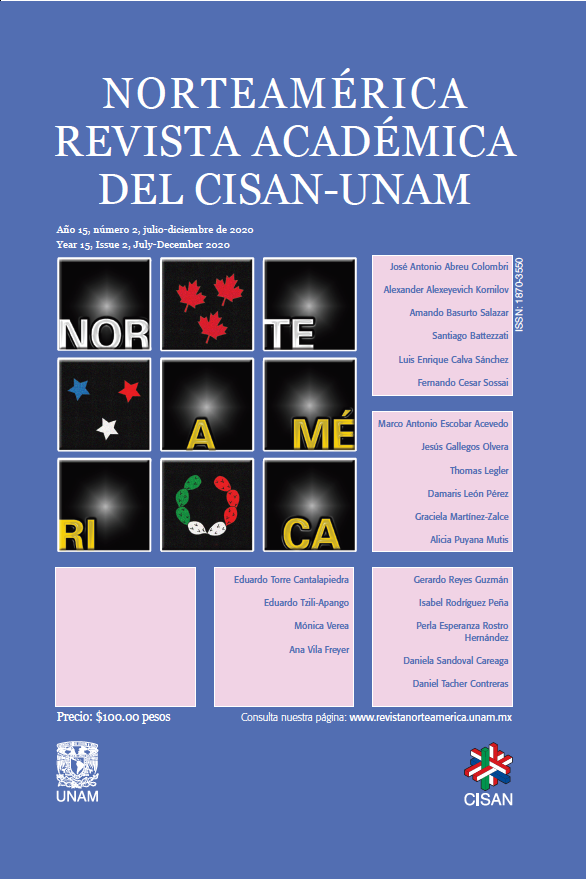Abstract
This paper aims at exploring trade opportunities between Mexico, Indonesia, and Turkey, presently members of MIKTA, by comparing their respective Macroeconomic and socio-economic variables. We use the GDP per capita as a key indicator of productivity and market size to see which MIKTA members are similar and therefore have a potential to set trade and business projects among them. To do that we conducted an ANOVA test and skiped Australia and South Korea of the analysis due to their high income per capita. We then focused on Mexico, Indonesia, and Turkey, whose economies proved to be equivalent and compared their key macroeconomic and social indicators, outstanding their most competitive sectors, commodities, foreign trade, and trade partners. A total of 87 observations were rated from one to three to identify which country was better. Mexico scored 205 points followed by Indonesia with 164 and Turkey, 153 points. Finally, we ran a second ANOVA test, taking the value of all observations in a logarithmic scale to prove that in spite of the different scores, the mean of the three countries was equal. The results are relevant as the three of them present a wide business scope to be exploited, which could allow them to lead the MIKTA in the coming decades.

This work is licensed under a Creative Commons Attribution-NonCommercial-NoDerivatives 4.0 International License.
Copyright (c) 2020 Gerardo Reyes Guzmán, Marco Antonio Escobar Acevedo, Perla Esperanza Rostro Hernández, Damaris León Pérez



